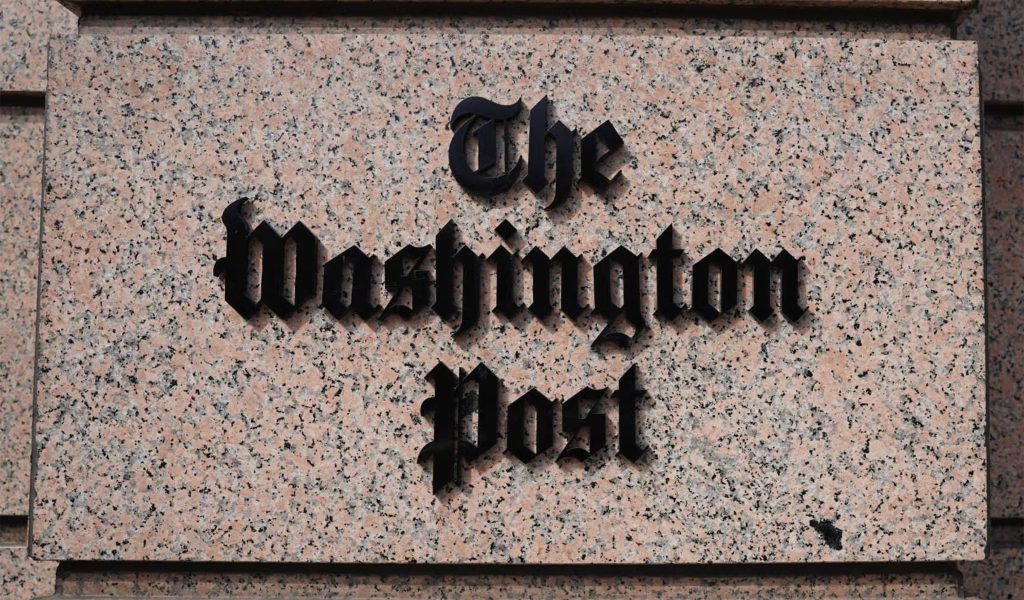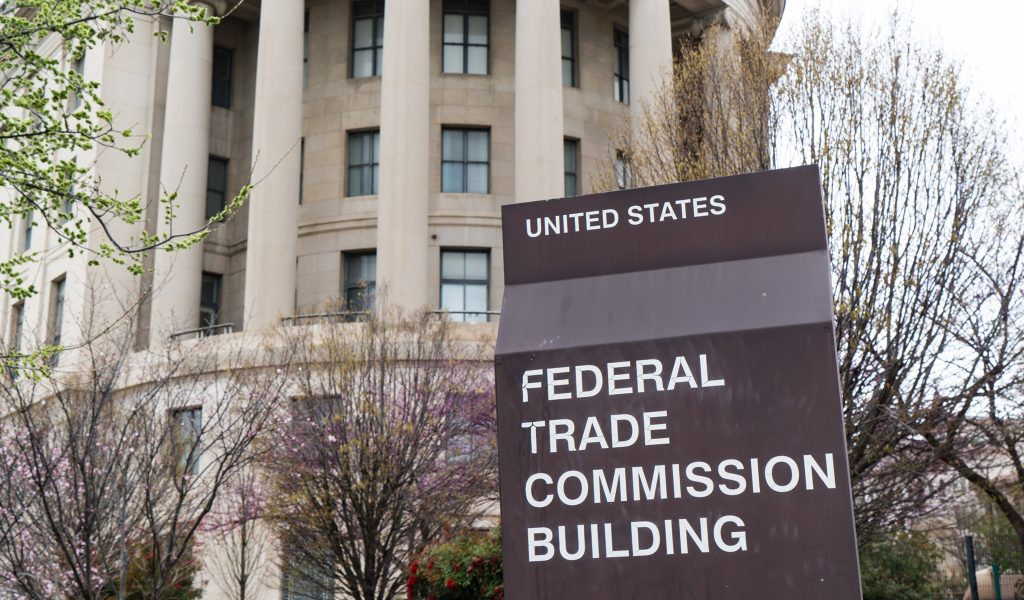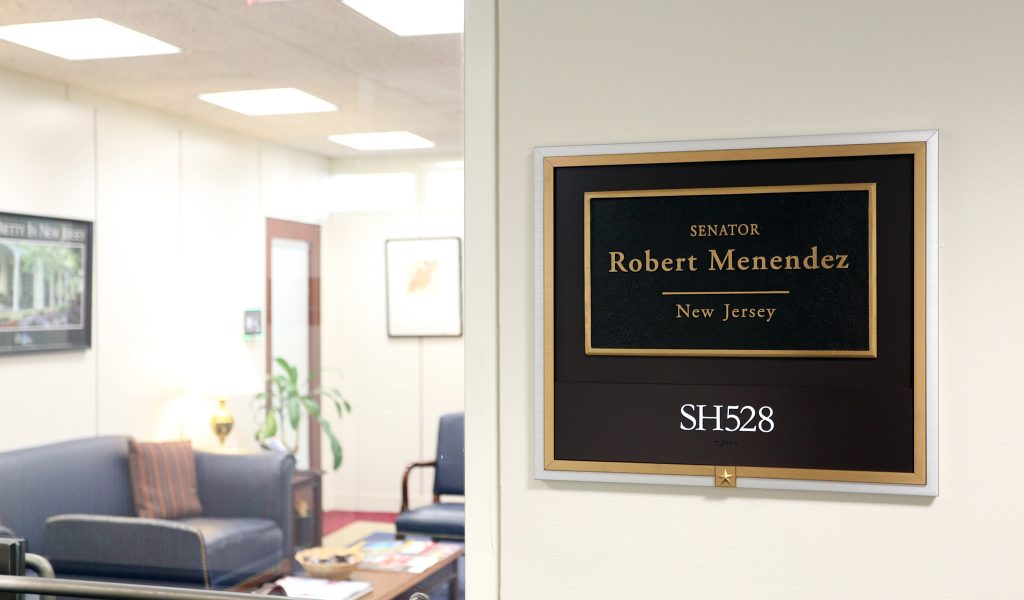I’m a graduate of the University of Texas at Austin. This rates mention in what is an opinion piece simply because I don’t know one fellow graduate who lives in a Texas town that borders Mexico. The bet here is that fellow UT graduates would confirm much the same. In general, grads migrate to Dallas, Houston and San Antonio after four (or five) years, though increasingly many stay in Austin.
Why do they stay in Austin? It’s almost a waste of words to say why, but they don’t exit Texas’s capital city because Austin is more and more where the economic opportunity is. The movement of people is the purest market signal of all, and realistically nothing else comes close.
This came to mind while reading Peggy Noonan’s latest op-ed for the Wall Street Journal. In a wide-ranging piece, Noonan observed that “the southern border of the state of Texas is in a state of functional collapse.” There’s no arguing with Noonan on the latter. I haven’t been to the southern border, but I’ll trust those who have.
At the same time, the fact that so many lifelong Texans have likely never been to the parts of Texas presently overrun with the tired and hungry from central and south America is very telling, but also a statement of the obvious. Non-familiarity with the southern border is a market signal like anything else. Where opportunity is scarce, so are people scarce. Paraphrasing Adam Smith in The Wealth of Nations, the surest mark of a neighborhood, city, state, or country’s prosperity is the rising number of inhabitants.
Reduced to the absurd, it’s no reach to say that Haiti has no problem securing its borders. There’s no serious growth to speak of there, hence no “problem” related to keeping out those who want better. Conversely, nothing is more viral than prosperity. Since the U.S. is the richest country on earth, it’s no surprise that humans would be risking it all to get here.
Yet there remains the nagging question of why, since immigration is a market signal born of humanity’s search for opportunity, central and south Americans are massing at the southern border. Why overrun a locale more known for poverty than for economic growth and opportunity? The answer is seemingly obvious: while human migration is the purest market signal of all, the southern border represents a governmental response to the market signal. And when governments intervene in markets, the “functional collapse” that Noonan writes about inevitably reveals itself. Central planning fails, always.
It merely raises the question of how things would look at the southern border if, instead of imagining government-planned walls and guns as the solution to a market phenomenon, actual markets were allowed to work. In thinking about this, readers neither need to love nor hate immigration. All they have to do is recognize a truth that’s generally already evident to them: market intervention by governments generally fails.
In which case, imagine if central and south Americans were legal to fly to all points around the U.S., instead of risking their lives to get past very few points. Seriously, what would already third-world looking JFK Airport resemble if it were one of the few airports that travelers could enter or re-enter the United States from?
To this, some will say that as evidenced by their migration by foot in the first place, they can’t afford plane tickets. Except that all too many pay “coyotes” quite a bit more to get them into the U.S., not to mention how willingly U.S. businesses in need of labor would eagerly foot the bill for plane tickets if work were legal, and markets were allowed to work on the matter.
Except that markets are not being allowed to work, and the response is to decry what’s happening on the southern border? That’s the equivalent at yelling at the scoreboard for revealing what’s happening on the field. As long as the U.S. is the richest country in the world as a consequence of freedom and free markets, it will be inundated with those seeking a better life.
The “functional collapse” in southern Texas isn’t people, it’s just government trying to plan and control the arrival of people. Which means if we want to reverse the collapse, we have to match markets to what is a market phenomenon.
Republished from RealClear Markets










